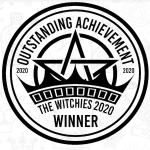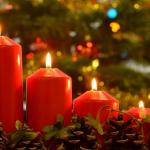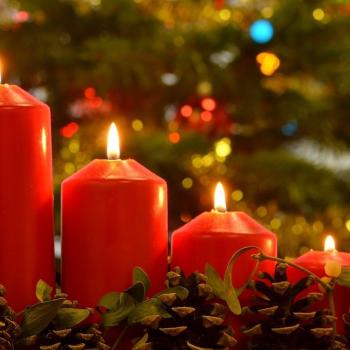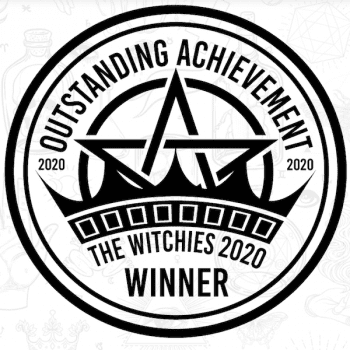Excerpted from Grimoire by Arin Murphy-Hiscock. Copyright © 2020 by Simon & Schuster, Inc. Used by permission of the publisher. All rights reserved.
A section on magical tools and their associations is not uncommon in a grimoire. As you advance, collecting interesting facts about different cultural expressions of these kinds of tools can inform your practice and challenge you to look at things differently. Remember, your grimoire itself is also a magical tool, containing knowledge and energy.
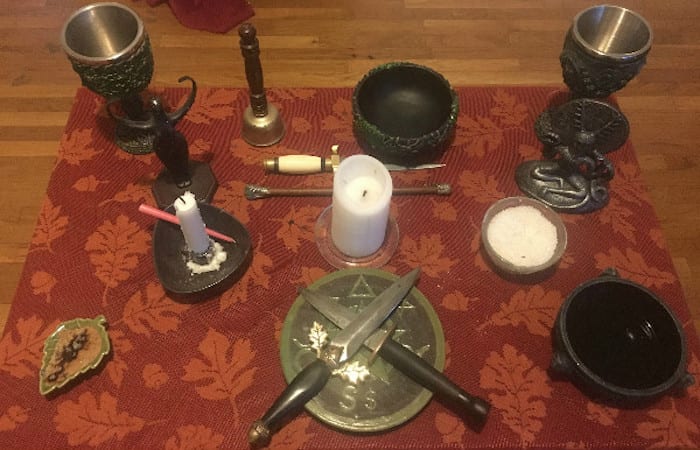
The Knife/Athame
The knife is a symbol of air or fire, depending on which Western occult tradition you subscribe to, and in some paths the knife is commonly used in a symbolic fashion. The partner to this tool is the boline, a knife used for actual physical cutting and slicing in a ritual context for things such as herbs, wood, and so forth. The boline sometimes has a white handle or a curved blade, while the knife is generally dark-handled and has a straight blade with two edges. Sometimes the knife is sharpened; sometimes it is left dull to demonstrate that it is a metaphysical tool. If you’re a practical witch who uses everyday tools for magical purposes as well, it makes more sense to recognize the spiritual associations of the knives you already use. Knives are generally associated with action, decisiveness, resolve, and confidence.
The Wand
Another traditional tool is the wand. The wand is a symbol of either fire or air (depending on what your belief concerning the knife is, the wand is assigned to the other). Fairy tales feature fairies and sorceresses with magical wands that transform and enchant; tales of wizards and druids often feature staves. Both the wand and the staff are symbolic of the same thing. Staves tend to be associated with solidity and grounding as well, reflecting the world tree and the axis mundi found in shamanic societies. The obvious modern tool that parallels the wand is the wooden spoon, a tool of transformation and blending.
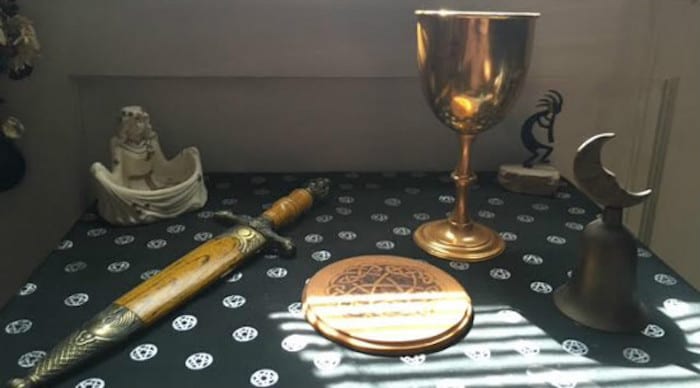
The Broom
Another ubiquitous magical symbol is the broom. Like the staff, it symbolizes grounding, but it also symbolizes the spiritual flights taken seeking knowledge from other spirits and worlds. The broom is said to be a union of the female and male symbols of brush and staff, and as such was used in fertility ceremonies, festivals, and rituals, especially to encourage crops to grow. In more modern magical use, it is used to sweep the energy of a place clean of negativity. In this capacity it is sometimes termed a besom and is often kept apart from the everyday broom used to sweep up crumbs and dirt off the floor. If you use your everyday tools for magical purposes because every act is a spiritual act, using the everyday broom means the floor and the energy get swept clean together.
The Cup
The cup is variously used to hold the physical representation of water on the altar, as a receptacle or an offering, or as a vessel to share communion. A thrifty witch or someone who has limited space can use it for all three. You can pour out the water you bless as a representation of elemental energy, as an offering to trees or plants outdoors, or give it to your houseplants; you may even drink the water you bless. Taking it into your body during the ritual is a wonderful way to absorb the qualities of the element of water. (Do this only if you haven’t added anything to it during the blessing process, and only if whatever tool you may have touched to it during the consecration or blessing is clean.)
A simple cup (ceramic is ideal) is a useful item. Water is one of the four physical (and metaphysical) elements, and witches often like to have a representation of each element nearby as they work. A cup reserved exclusively to hold water in this way honors the element of water. In addition, the cup is useful to drink from in a ritual setting. Some witches use any cup from the cupboard they feel like using at the time, because it’s what’s in the cup that counts.
The Pentacle
The pentacle comes from the ceremonial magic elements and isn’t original to witchcraft, but has made its way there during the twentieth century. The pentacle is a at disk of wood, earthenware, or metal, inscribed with the five-pointed star known as the pentagram. The points of the star may reach the edges of the disk or may stop about an inch from the edge, and an engraved circle may surround the star. The pentacle represents the element of earth or spirit on your altar. It’s not only symbolic, however. It can be used to ground objects or to charge them. You can place food offerings on it. While the penta- gram is a common symbol on the pentacle, you can experiment with other symbols, such as triskeles, ankhs, Celtic knots, and other meaningful symbols that inform your practice and personal spirituality.
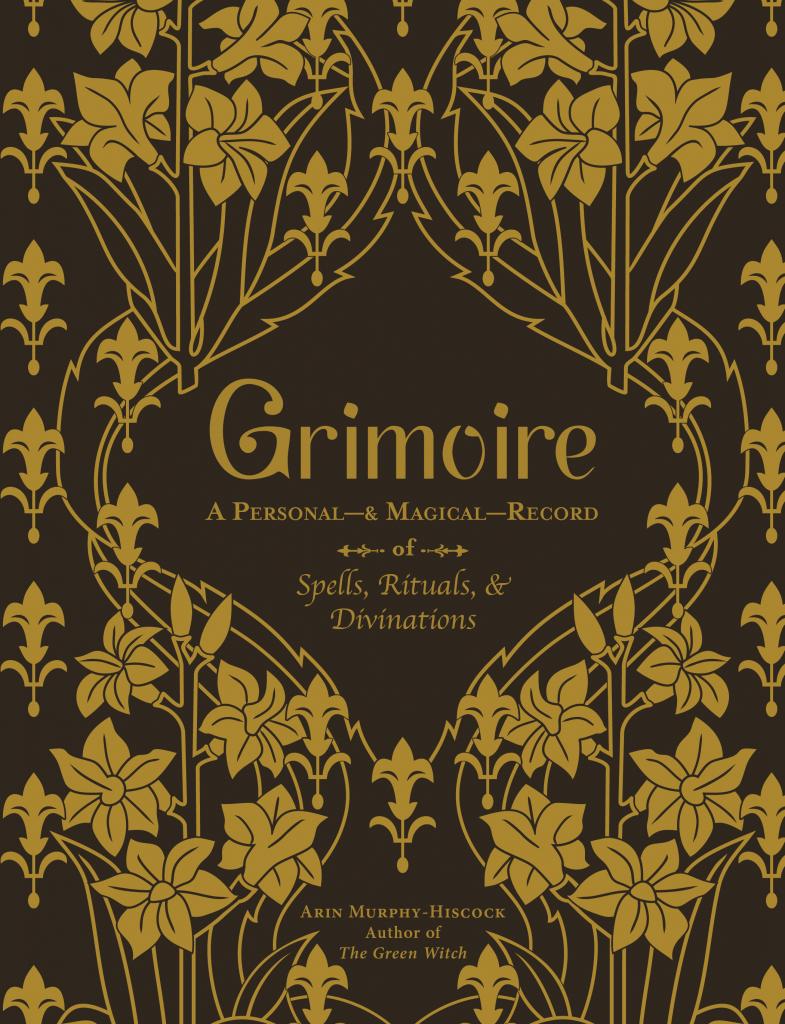
The Altar
The altar is a basic workspace. It’s not necessarily a permanent fixture, especially in the case of a witch who lives with non-witches, or one who lives in limited space. For some witches, any workspace is a magical workspace. Others like a formal space dedicated to it, whether it’s permanent or set up anew each time.
Wherever you set up your altar, make sure you leave enough room to move around it. An ideal position for the altar is right in the center of your circle or sacred space, which allows you the freedom of movement to access it from any angle.
If you are lucky enough to have a permanent altar, you may have to leave it where it is and build your circles around it. A permanent altar can literally store energy for you. Rather than grounding excess energy into the earth or into your tools at the end of a ritual, ground it into the altar. As a focus for worship, your altar builds in energy as you practice; using this method of grounding means that your altar eventually develops into a tool with power of its own that you can tap in to.


